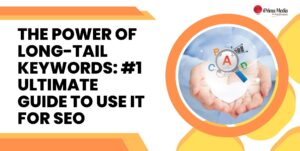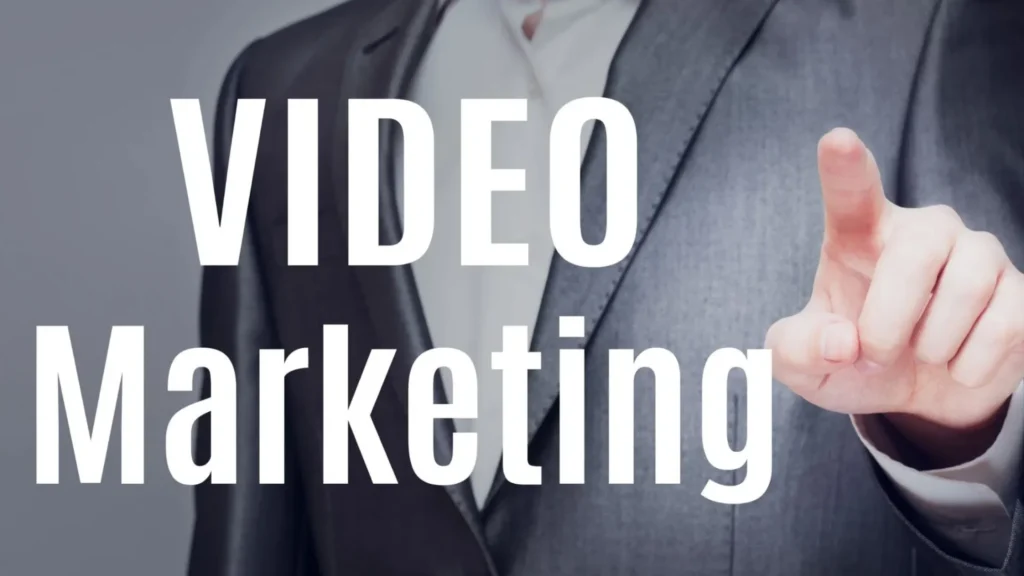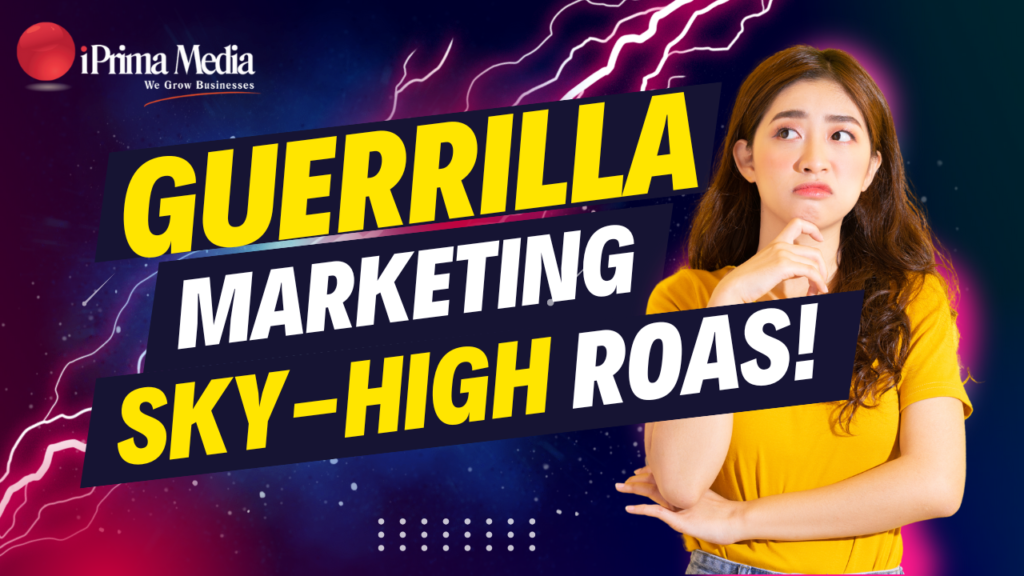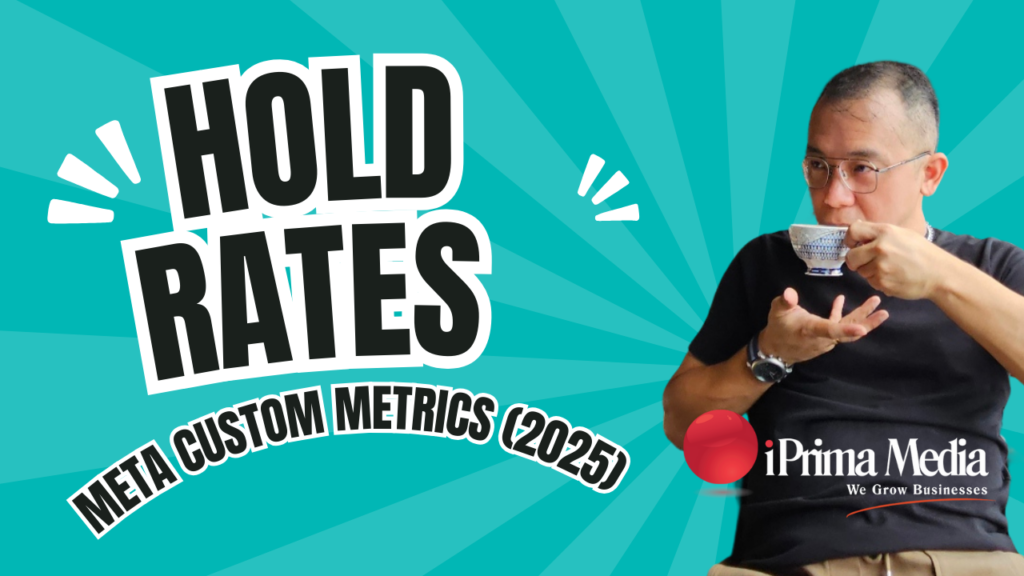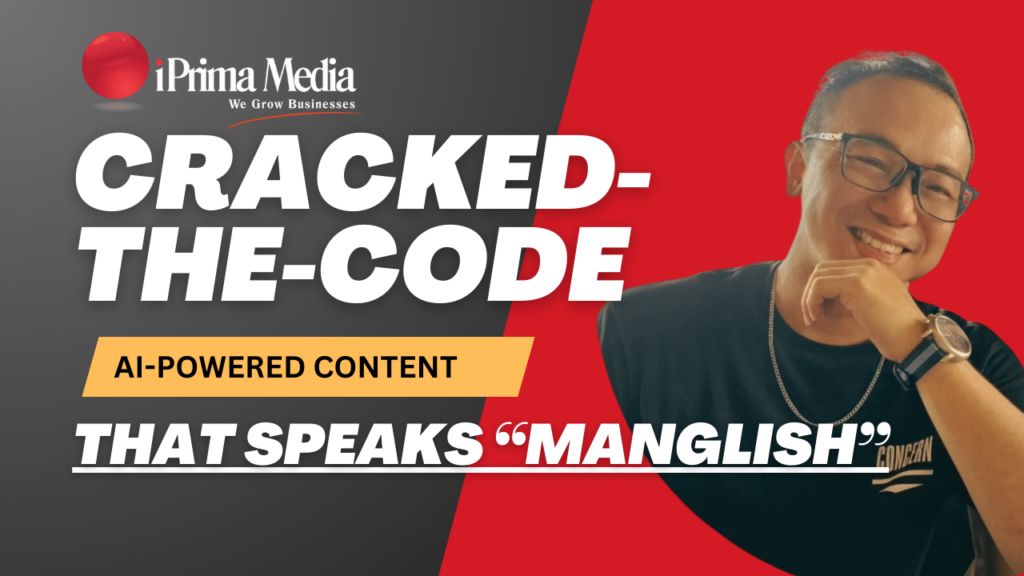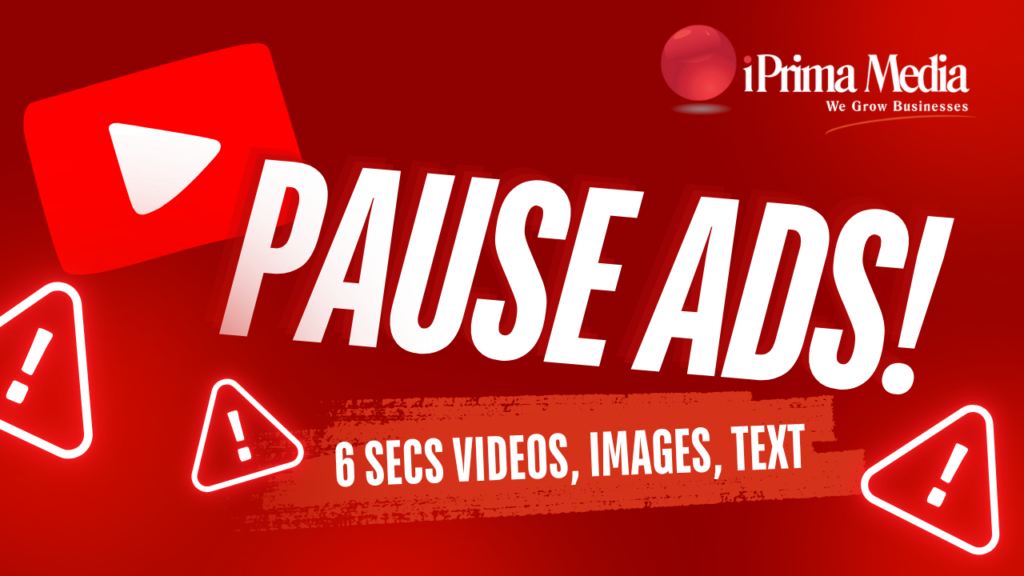Are Your Landing Pages Converting Visitors Into Customers?
Are they creating pathways to sales, or are they simply the end of the road?
If your landing pages aren’t generating enough sales, it is time to make some changes.
Here are 5 landing pages types and some techniques that you can use to turn each into a high-performance, converting machine.
Before beginning, a landing page is any web page your consumers land on when they take one of the following actions:
- Clicking on a Paid Advertisement or Specific Search Engine Results
- Following an Internal Link on Your Website
- Following an Internal Link You Share on Your Blog
- Following a Link Provided in Print or TV Ads
- Following a Link to a Page on Your Website From Social Media
Your landing pages aim to get customers closer to the point of the ultimate conversion, making a purchase. However, a good landing page should also be considered high performing if it helps customers further down the path by earning micro-conversions. Here are some examples of micro-conversions:
- Downloading a Free Trial
- Subscribing to an Email Subscription List
- Agreeing to Be Contacted by a Sales Rep
- Requesting a Quote or Demo
- Downloading an eBook
- Following on Social Media And Sharing Content
Of course, some micro-conversions are more powerful than others. For example, it is safe to assume that a customer who has asked for a demo or quote or has agreed to be contacted by a sales rep is further down the funnel than somebody who has subscribed to an email list. Similarly, downloading a free trial is more indicative of being closer to making a purchase than any social media activity.
1. THE MICROSITE LANDING PAGE
Video Credit: 11/11 media Hispanic Marketing Agency
Sometimes, when a product or service is introduced or a company begins a new marketing campaign the decision is made to create a website dedicated to that thing. A microsite is a standalone website that often has multiple pages. It still meets the definition of a landing page because of how potential customers arrive. Some people refer to a microsite as a tabbed landing page.
Microsites are usually named for the product, service, or campaign they are touting. They are often heavy on visual content. They also tend to be quite flashy, both in presentation and in how they are built. Car manufacturers tend to be heavy users of microsites because they can create an independent website for each model they produce. If you opt to create a microsite as your landing page, here are a few things that you can do to make the page perform better.
- Visual Impact Is Very Important
- High-quality images that have been professionally photographed if possible
- High production values in videos demonstrating products
- Use background videos to add to the story you are telling
- User Experience Is Key
- Microsites should be intuitive and well designed
- Interactive elements will keep the users engaged
- Use branding smartly to capitalize on existing loyalty
- Build in The Infrastructure Needed to Convert From The Microsite
- Sending potential customers back to the main website creates another step that could mean losing a conversion
- Converting from the microsite can help you catch customers when they are most enthusiastic
- Give Customers All of The Content They Need
- All questions that customers may ask about your product or service should be covered in the content on your microsite
- Include all relevant contact information as well
2. THE LEAD GATHERING PAGE
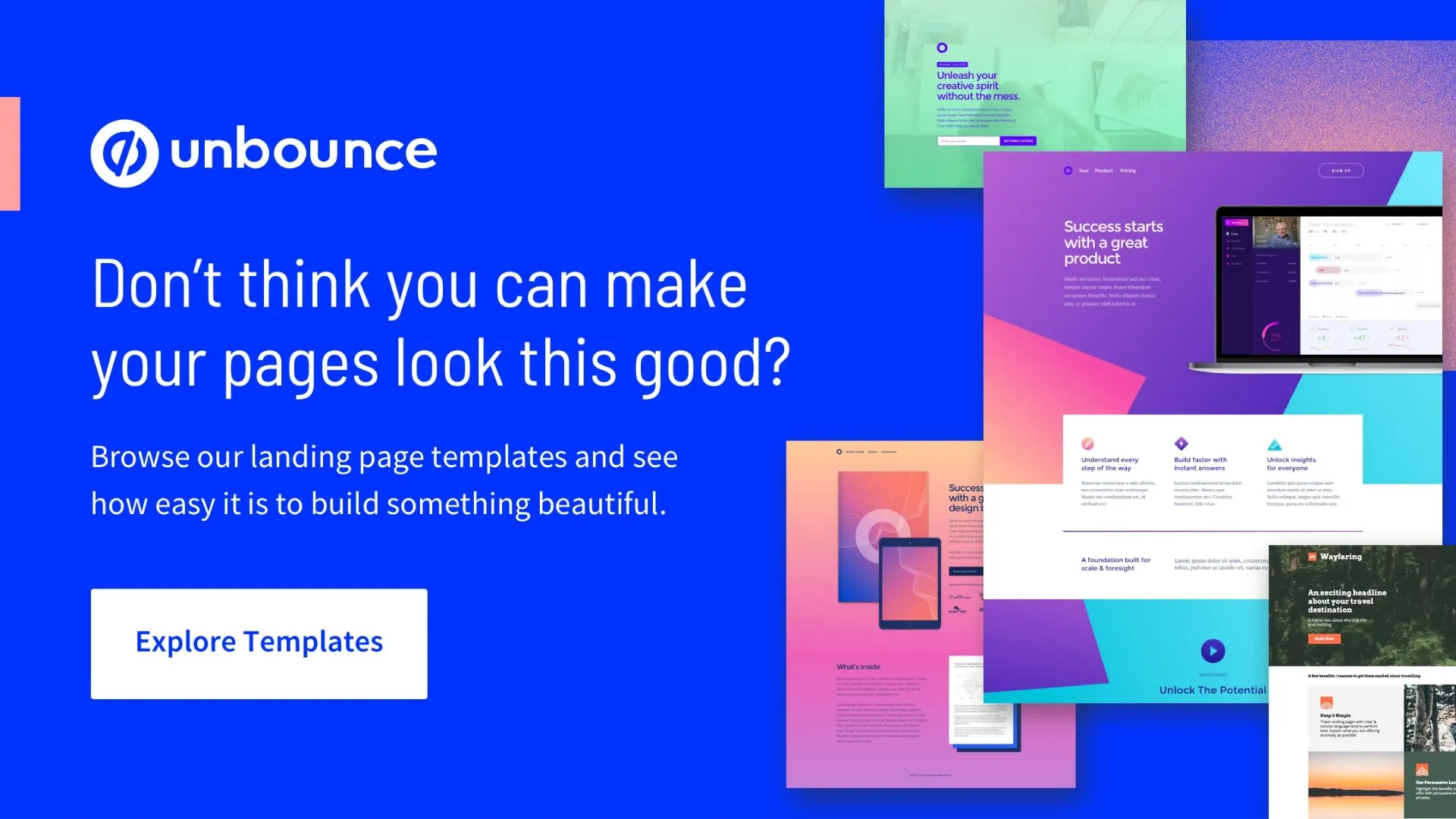
The purpose of this page is to collect personal data that will be used for further sales and marketing purposes. A landing page could be used to gather information to be passed along to a sales representative. It could also be used to collect subscription information for an email marketing campaign. Customers will also surf a lead-gathering landing page if they request a download or product demonstration.
The goal of these pages is simple: gather enough information from the customer to be useful for future sales efforts. Here are a few things that can be done to accomplish this:
- Offer an incentive for visitors who fill in all of the information you ask for
- Don’t lose customers when information grabbing Make only the necessary fields mandatory
- Don’t play dirty tricks
- Don’t create a ‘squeeze page’ by giving visitors no way to exit without giving up their information
- Don’t use the information for purposes other than what you clearly state
- Create a separate opt-in for each purpose
- G., display separate opt-ins for subscribing to an email list and receiving text notifications
- Use methods that build trust
- Customer testimonials increase willingness to give over personal information
- Trust badges and certifications also increase trust and authority
- Real data such as case studies can bolster your chances of getting personal information
Ultimately, your goals are twofold. First, get the information that you need to move the sales process forward. Treat your potential customers in such a way that they will be receptive to future contact. If they become more confident in their ability to trust you, they will be more likely to sign up for future contact.
3. THE ADVERTISING LANDING PAGE

In reality, an advertisement can route someone to any type of landing page. However, an advertising landing page is the most common landing page that is used when paid advertising is involved.
An advertising landing page is the least complex of all 5 landing page types. These pages are not rich in content nor provide much in the way of user experience. Instead, they simply provide information that clarifies and reiterates the information in the advertisement that led the person to the landing page. The purpose of this type of landing page is simply to convince the visitor to take the final step and make a purpose. Here are some things that will improve conversions on these pages:
- Stay on Message
- Follow the lead of the ad and focus on the offer being touted
- Use similar colors, phrasing, and other elements to create a linear experience
- Keep it Simple
- The fewer distractions, the better
- Remember that the person who clicks on an advertisement is extremely close to making a purchase
- Restate The Benefits
- Remind the potential customer of any benefits such as discounts and incentives
- Create a Sense of Urgency
- At this point, your enemy is a customer’s thought that they can come back later
- Find a way to create FOMO (Fear Of Missing Out)
- Consider adding a last-minute discount or other incentives to get conversions
4. THE PARALLAX LANDING PAGE

These landing pages have become very popular in the last year or two. They are similar to the microsite because they provide more content and information than other landing pages.
For the uninitiated, the parallax landing page generally has no tabs or links to outside sources. People who land on these pages simply scroll through to gather all the information they need. The best thing you can do on this kind of web page is to continue building interest.
- Focus on telling a story
- Build up to the point that you are making
- Get users excited about learning more about your products or services
- Provide a payoff at the end
- The story that you tell should be inspirational or motivational
- Consider linking to a picture or video that continues your efforts
- Ask for feedback and information
- Encourage engagement and crowdsourcing to get people involved
- Stories, information, and reviews can help to make immediate resources for you moving forward.
5. THE PRODUCT OR SERVICE LANDING PAGE

A product or service landing page directs traffic to a page or pages that are dedicated to providing detailed and specific information about a particular product or service. These pages can be linked from within your website, or you might also link to them on social media or in blog posts.
These pages are where you will guide people when they indicate an interest in a specific product or service. Here are a few ways that you can design these pages to further the purchasing process:
- Use images and video to give your audience a clear picture of the product or service
- Write clear and detailed descriptions of the product or service
- Add a discount or incentive to encourage quick conversion
- Include some method of connecting with a sales rep immediately
- Use social proof to build trust and credibility
Let's Wrap Up
There are multiple types of landing pages, and each one is appropriate in a variety of different situations. If you want to convert your landing pages into high performing sales funnels, just implement a few of the tips written above. Before you know it, your visitors will be answering your call to action much more often, and you will see your sales and conversions increasing.
It doesn’t take much to give a landing page a needed boost. Even minor changes can have a real bottom line impact.
Have you noticed this when designing your own landing pages? Let us know in the comments!
You Might Be Interested In These Too!
 The Power of Long-Tail Keywords: #1 Ultimate Guide To Use It For SEOMay 15, 2023
The Power of Long-Tail Keywords: #1 Ultimate Guide To Use It For SEOMay 15, 2023 Discover 5 Best AI SEO Tools to Drive Growth In 2023August 25, 2023
Discover 5 Best AI SEO Tools to Drive Growth In 2023August 25, 2023 Johor's AI-Powered Video Production Agency: How iPrima Media Helps Businesses Stand OutFebruary 27, 2024
Johor's AI-Powered Video Production Agency: How iPrima Media Helps Businesses Stand OutFebruary 27, 2024 AI WhatsApp Automation: Streamlining Your Business CommunicationJuly 26, 2024
AI WhatsApp Automation: Streamlining Your Business CommunicationJuly 26, 2024

